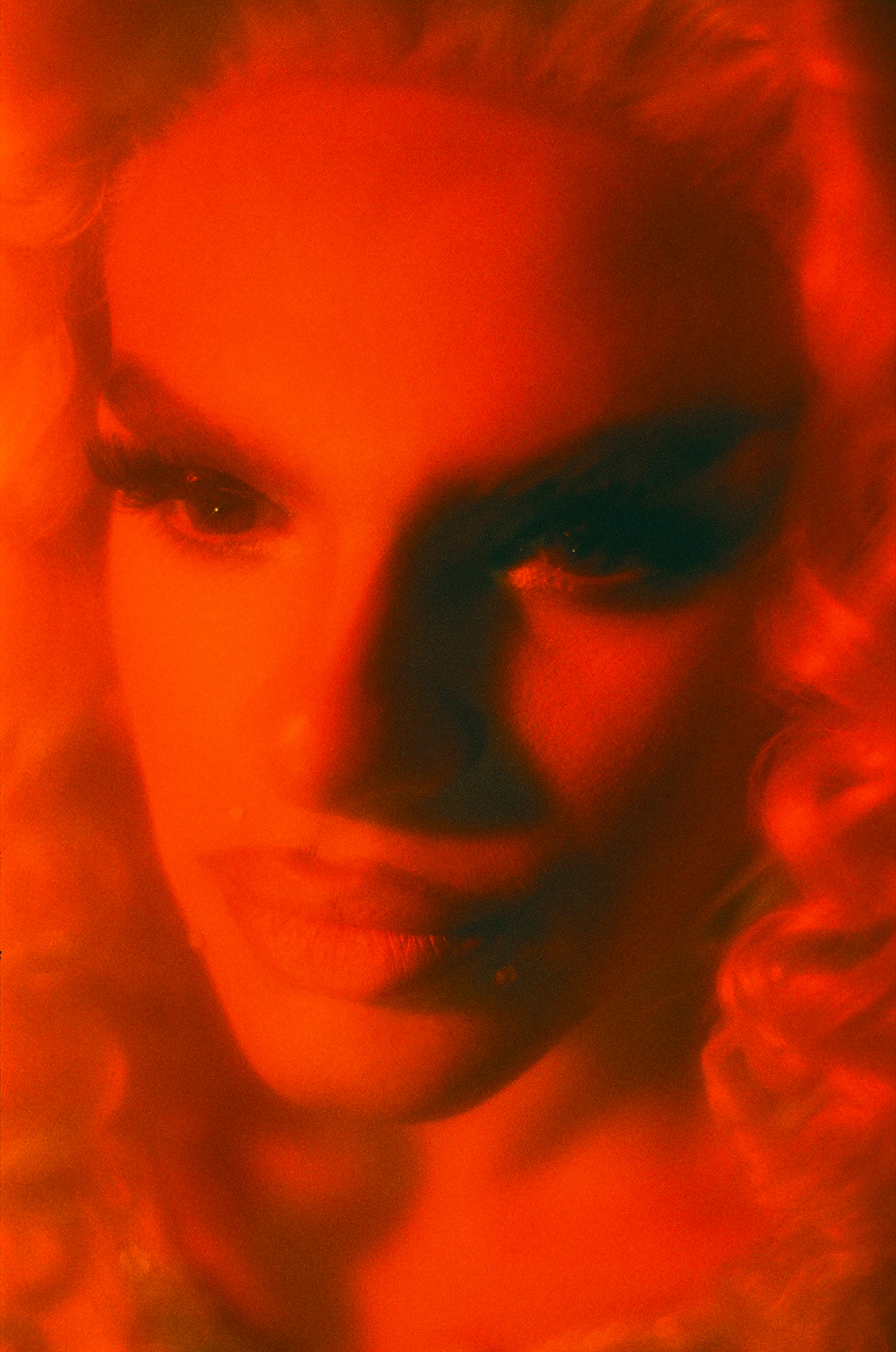A learning resource exploring representation through the lens of family relationships and empathy.
Introduction
Part of the Photoworks Festival: From Little Acorns…
A learning resource exploring representation through the lens of family relationships and empathy inspired by the work of artist Mohamad Abdouni.
Mohamad Abdouni is an artist, photographer, filmmaker and curator based between Beirut and Istanbul. He is also founder of COLD CUTS a magazine exploring queer culture and documenting queer histories from across the SWANA region.
Abdouni’s current work focuses on untold queer stories of Beirut, uncovering queer histories of the Arab-speaking region through documentaries and photo stories. Abdouni has recently published what is arguably the first archive of trans histories in an Arab country, a project entitled Treat Me Like Your Mother: Trans* Histories From Beirut’s Forgotten Past.
*SWANA stands for Southwest Asian and North African, and is a term used to describe a region the UK commonly refers to as the Middle East. SWANA is a name that distinguishes the region geographically, instead of politically.
Themes
Mohamad Abdouni’s series Doris & Andrea, depicts the lives of mother Doris and her genderqueer child, Andrea. Themes explored include gender fluidity, family roles and relationships, and queer culture in the SWANA region.
The series is an intimate view into their home and family, which reveals a non-hierarchical dynamic, an abundance of love and its ability to offer space for the exploration of identity. Doris & Andrea challenges the social norms of the family unit, its structures and roles, offering an alternative representation of family life in the SWANA region and beyond.
Images include candid, everyday moments of their family life together, but they also showcase archives from their family albums and dramatised studio portraits. The images are a testament to the importance of documenting queer life in all its facets to avoid its singular and often misinterpreted categorisation.
A Few Terms Explained
Representation – The portrayal (visual description) of someone in a particular way. Often the portrayal of an individual can be used in photography to present more people of a similar identity, something which can be both comforting and restricting.
Genderqueer – A term for identities that may fall in between, outside of or move fluidly along the gender binary.
I. Reading Images
Representation of diverse identities plays a major role in photography, but there are challenges. The depiction of queer people for example, has often relied on the visualisation of queer stereotypes, which in turn creates a new set of norms around how queerness looks, rather than diversifying our knowledge of the human experience. Doris & Andrea combines snapshots, archive images and studio portraits, through which photographer Mohamad Abdouni, documents an example of queer life in all its facets, giving viewers the opportunity to see deeper than categorisation.
These activities are intended to motivate students to read and understand visual storytelling and learn how to ask questions about what they are seeing.
To begin, share this quote with the class:
“Stories move in circles. They don’t move in straight lines. So it helps if you listen in circles. There are stories inside stories and stories between stories, and finding your way through them is as easy and as hard as finding your way home. And part of the finding is the getting lost. And when you’re lost, you start to look around and to listen.” – Deena Metzger, Circles of Stories, Parabola Vol 4:4, Winter 1979
Let’s start with what we can see and be inquisitive about what information the photographer has provided us with.
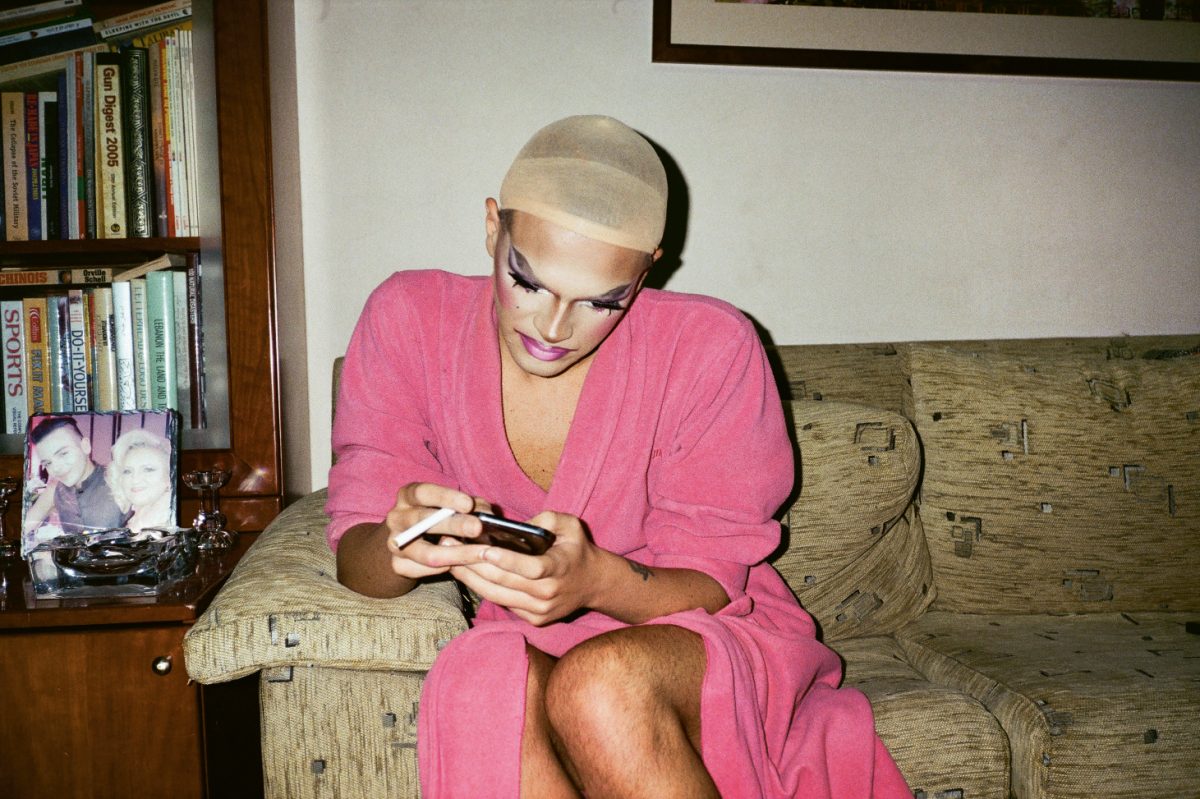
Investigate
If you have your Festival in a Box (containing the Doris & Andrea images), hang the Doris & Andrea series around the classroom and welcome the students to their very own class gallery.
Spend some time looking at the images and ask students to note down what they see. Use the following prompts:
Who are the images of?
What environment are the photographs set in?
What is the relationship between the two people portrayed?
How do you think the people feel? How can you tell?
Using three words, describe the atmosphere in the photographs
What stands out to you within these photographs?
Look closer
Details are important as they provide a context to a story. For example who, what, where, when and why. The context informs the bigger picture that the story is set within, helping us understand it in a more rounded and nuanced way.
In pairs, discuss whether there are any informative clues. For older students, keep questions open, asking whether any details in the images can hint to where and when this series was made. For younger students, ask:
What objects can you spot in the background?
Is there anything hanging on the walls?
What languages can you find on the bookshelf?
Are there religious symbols?
What objects can you find that you have too?
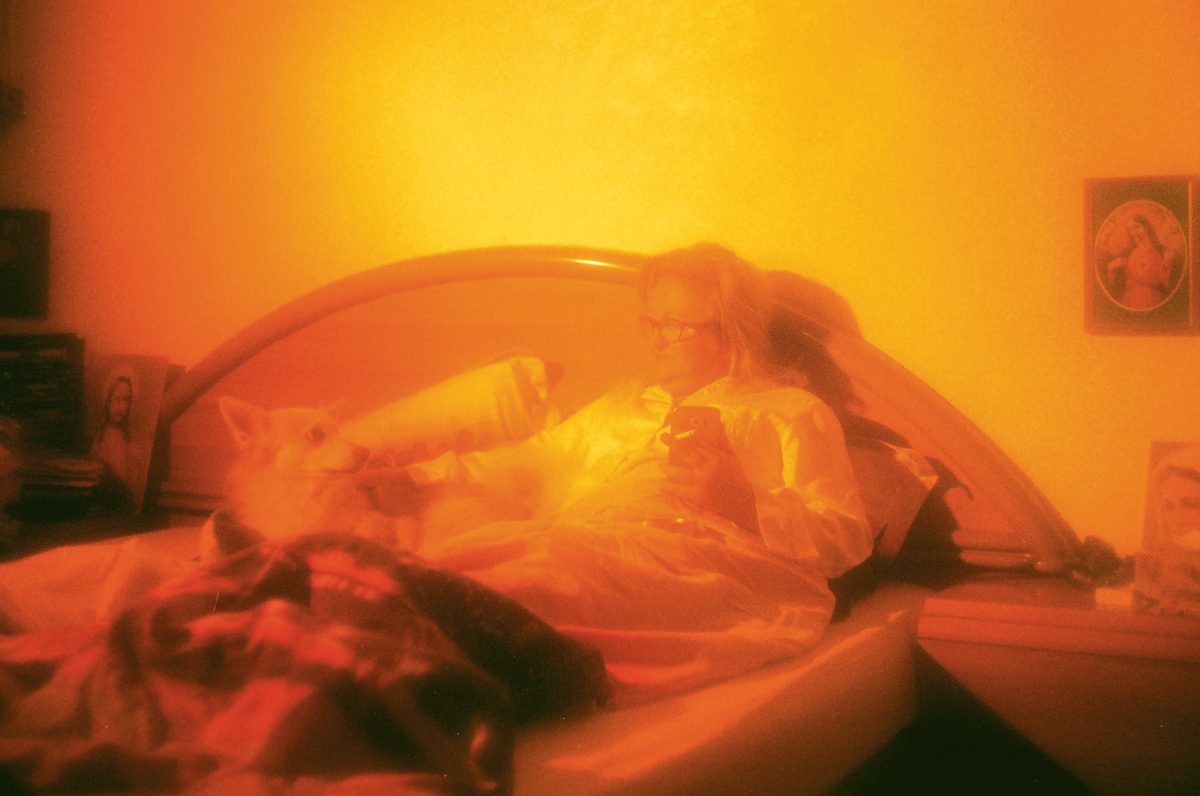
Discuss
Together as a group share some of these details. Discuss what these details could teach us about Doris & Andrea.
Clues: we can find Doris and Andrea in their home environment, we can find English and Arabic on the bookshelf, we can find Christian symbols, we can find smart phones – what do these examples tell us about where and when these photographs were possibly made?
II. Understanding

Elements of visual storytelling are often left to the interpretation of the audience. Let’s attempt to understand what the deeper meaning behind this story is, why it is important and whether we can relate.
Connect
Ask students to stand next to the image in the classroom gallery they feel best visualises each of the following words.
Love
Equals
Joy
Resistance
Ordinary
Extraordinary
Alternative
Abundance
Reflect
Ask one or two students to share why they chose the image they did in each round.
Next, hand out the ‘visual language toolbox’ (list below) and go over the use of each ‘tool’.
A visual language toolbox
- Subject: What is the image of or about? What is its main focus?
- Colour: What colours and tones make up the image?
- Light: Describe the light source. Is it artificial or natural? Is it harsh or soft?
- Composition: How are the subjects and objects arranged in the frame?
- Perspective: where is the photographer positioned in relation to the subject?
In groups of four, ask the students to pick two of the words (from the ‘connect’ list) and match them with two of the images they feel best visualise these concepts. On a large piece of paper, ask each group to reflect on the visual tools used to depict these concepts. This can be as a list or mind map.
Consider:
- What the subject represents (are there wider themes being explored)
- How the colour and light impact the mood of the image
- How near or far the photographer is to their subject and how this impacts the atmosphere.
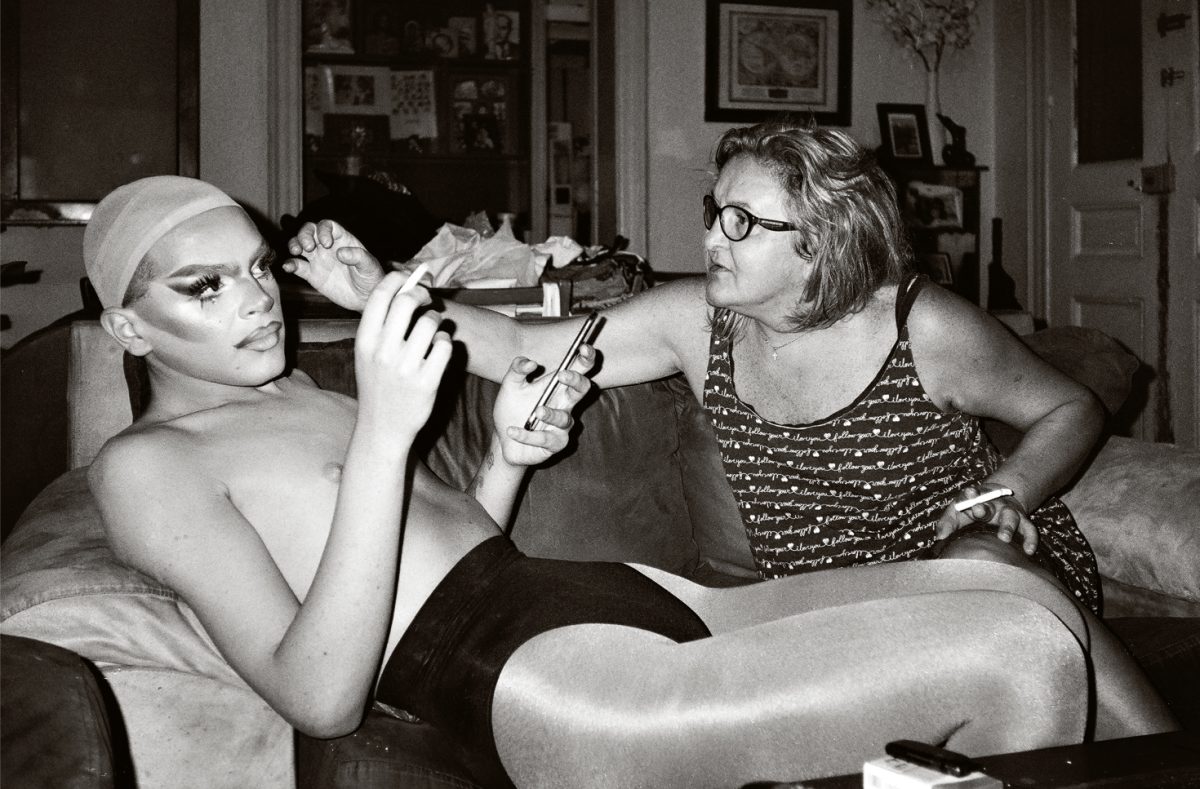
Make
In the same groups of four, ask students to work together (collaborate) to make two photographs of their own that represent the two words they focused on in the previous task. Encourage students to think about their toolbox while making the photographs.
Discuss
Together as a class, sit in a circle and review the photographs made by each group without revealing the word it represents. Ask the class to guess which words each group was portraying.
III. Connecting
Reading a work beyond representation, is about more than just being exposed to, or aware of a multitude of identities. Instead of simply acknowledging diversity, let’s try to further understand and empathise with others.
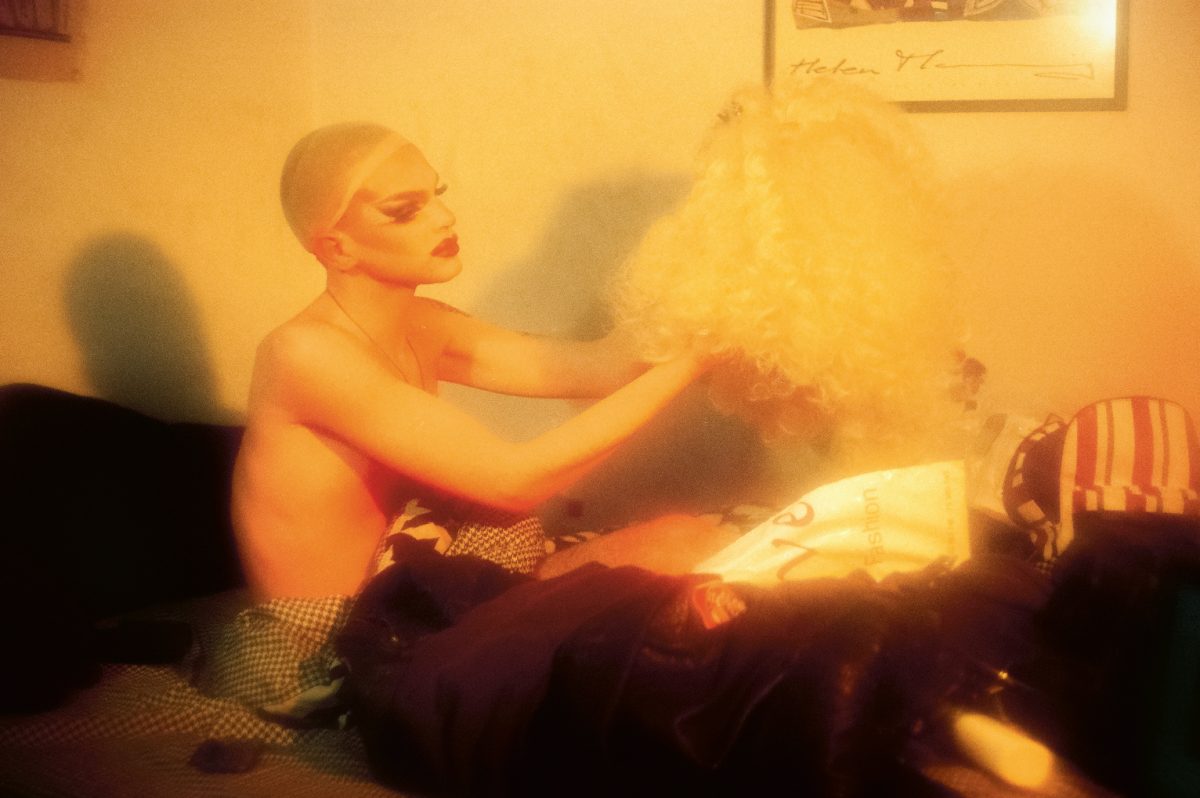
Play
In two groups, sit in circles and take it in turns to share three statements about yourself. One statement that you believe everyone will relate to (e.g. I love weekends), one statement that you believe some of your classmates will relate to (e.g. English is my second language), and one statement that you believe is unique to you (e.g. I paint every morning before school). Other students will put their hands up when the statements are true to them.
When storytelling and story-reading beyond representation, it’s useful to identify these three types of sharing.
Discuss
What would happen if we only shared, saw and heard stories that were true for us all?
What would happen if we didn’t share, see or hear any stories that are true for us all?
Why is it important to share your unique story and point of view?
Think
Doris & Andrea provides us with an alternative to the family unit. Using your sketchbooks, make some notes about:
Why is the series important?
What about this family or home is similar to yours?
What is different?
What can you learn from Doris & Andrea about family?
Ask if any students would like to share what they wrote in their sketchbooks.
Conclude
Ask students to share something they learnt today whilst looking at the Doris & Andrea series.
Suggested Artists
Marisol Mendez (website contains some nudity)

About the Contributor
Danit Ariel is an artist, writer and poet based in Brighton, UK. Her work incorporates photography, sound and installation and draws on the abundance of her Queered Jewish heritage. Through the construction of an empathic gaze, Ariel’s practice asks how we share and hold each other’s stories, how we can carry one another with more care, and who’s doing the heavy lifting.
